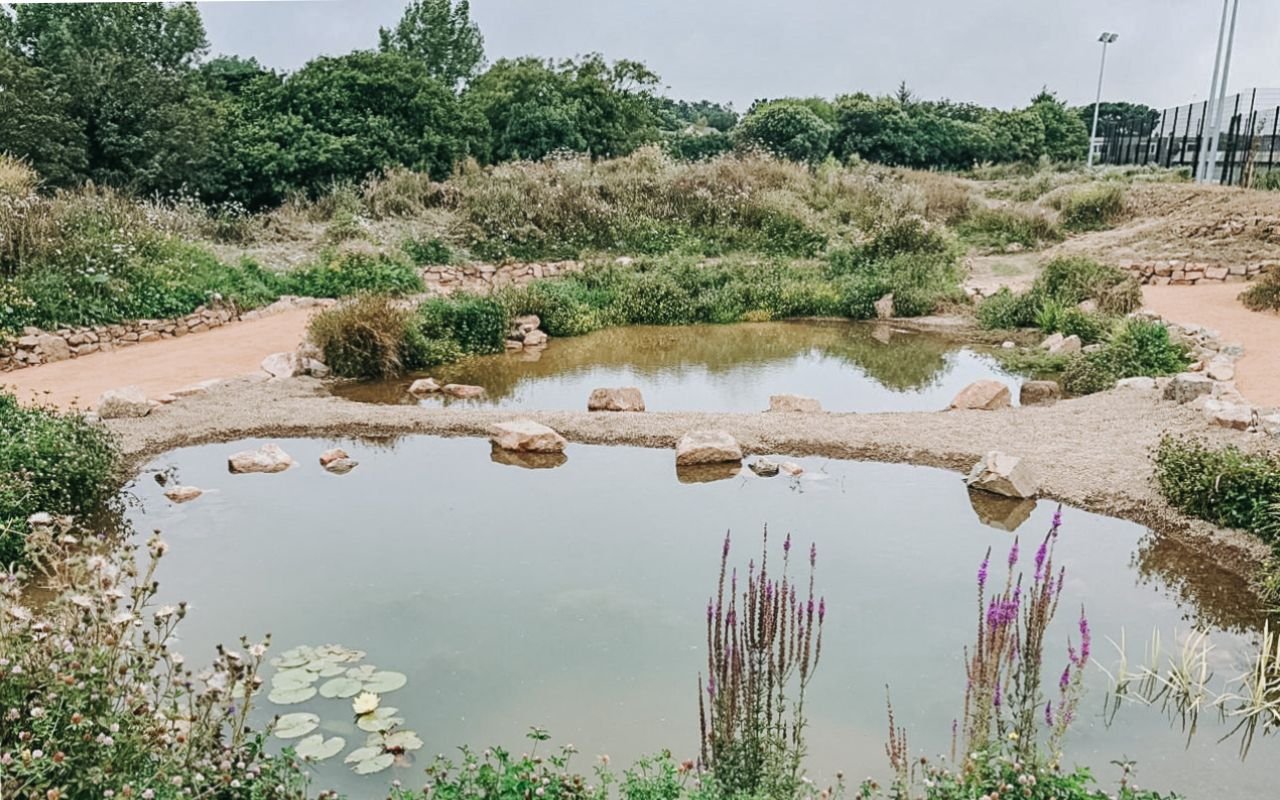Bat Mitigation for Site Development
Project Area
Ecology
Specialism
Protected Species Mitigation & Translocation
Year
2023
At this site, development works involved re-roofing the entire building as well as landscaping works within the garden.
Bat activity surveys revealed several day roosts and a maternity roost of common pipistrelle bats while DNA obtained from droppings in a void provided evidence of a brown long-eared bat roost. We also found low numbers of green lizards, common toads and palmate newts were present. Herring gulls also nested on the roof, so we had a lot of protected wildlife to consider.
With a complex situation like this an extensive Species Protection Plan was required, which included strict timing constraints and safe working methods to avoid direct harm and minimise disturbance to these species.
The roofs and hanging tiles were dismantled in October after bat maternity season and gull nesting season and before bat hibernation. This work was supervised by two licensed members of our team who were on hand to rescue any bats if needed and safely transfer them to bat boxes erected in the adjacent woodland. Whenever possible, bats were left in place to relocate overnight to an alternative roost site of their own accord with the minimum of stress. As the photos show, there was a lot of bat evidence found during the roof strip!
Our team also supervised deconstruction of granite walls in the garden to ensure amphibians and lizards were not harmed.
The new building design incorporates multiple features suitable for roosts of both bat species present on site. These include integrated bat boxes, soffit and fascia gaps as well as a bat loft. Several bat boxes, including some suitable for large roosts have been erected in the nearby woodland so the bats will have plenty of options!
New granite walls will also be created in the garden with lots of gaps to provide suitable habitat for reptiles and amphibians.
Highlight Projects
















